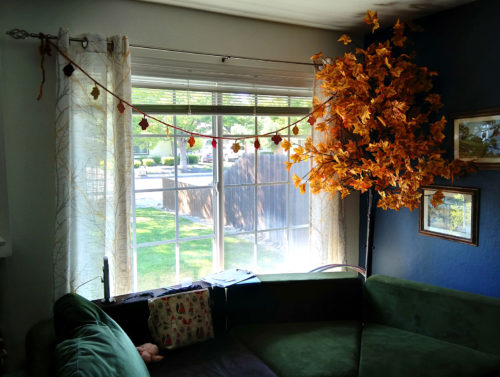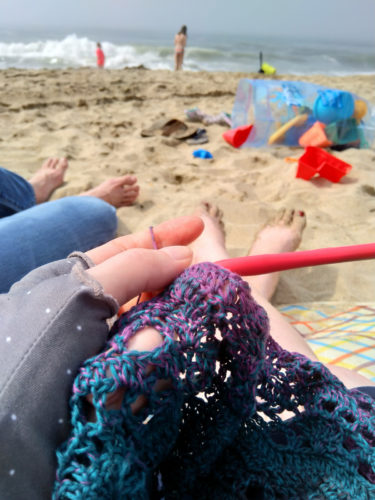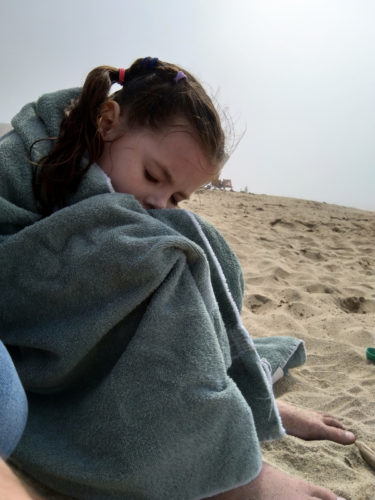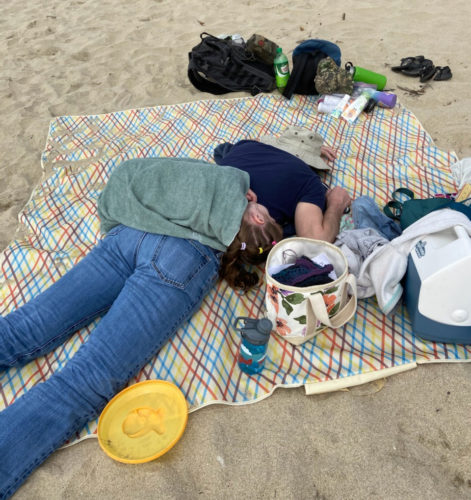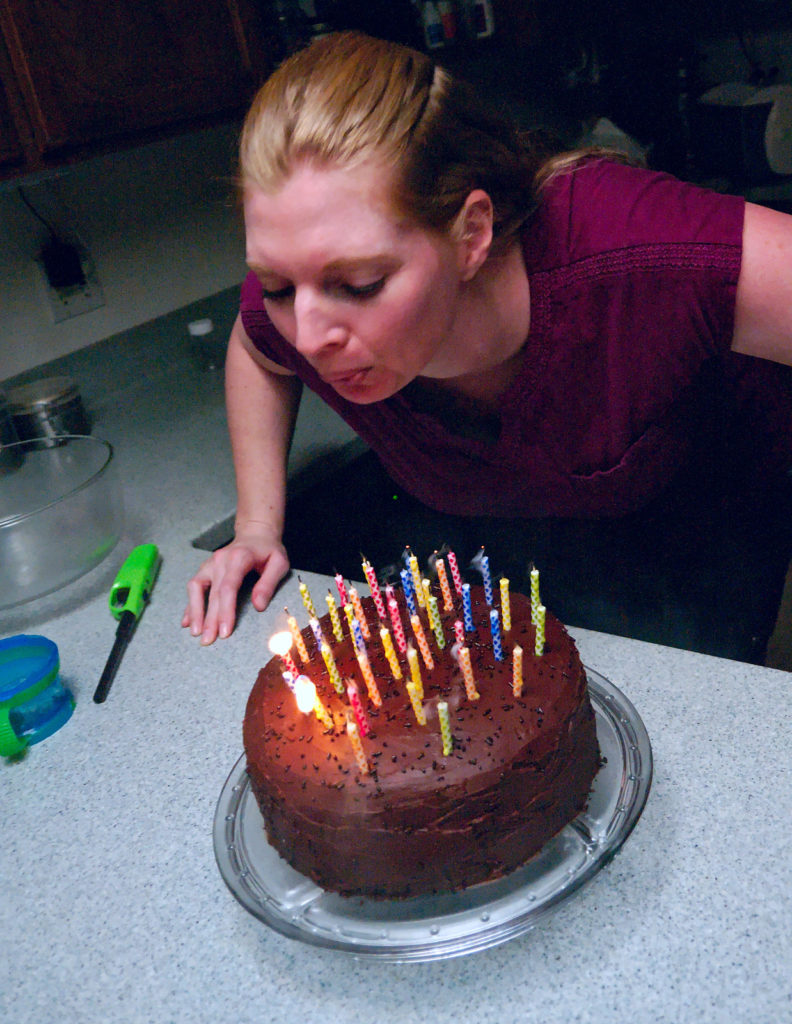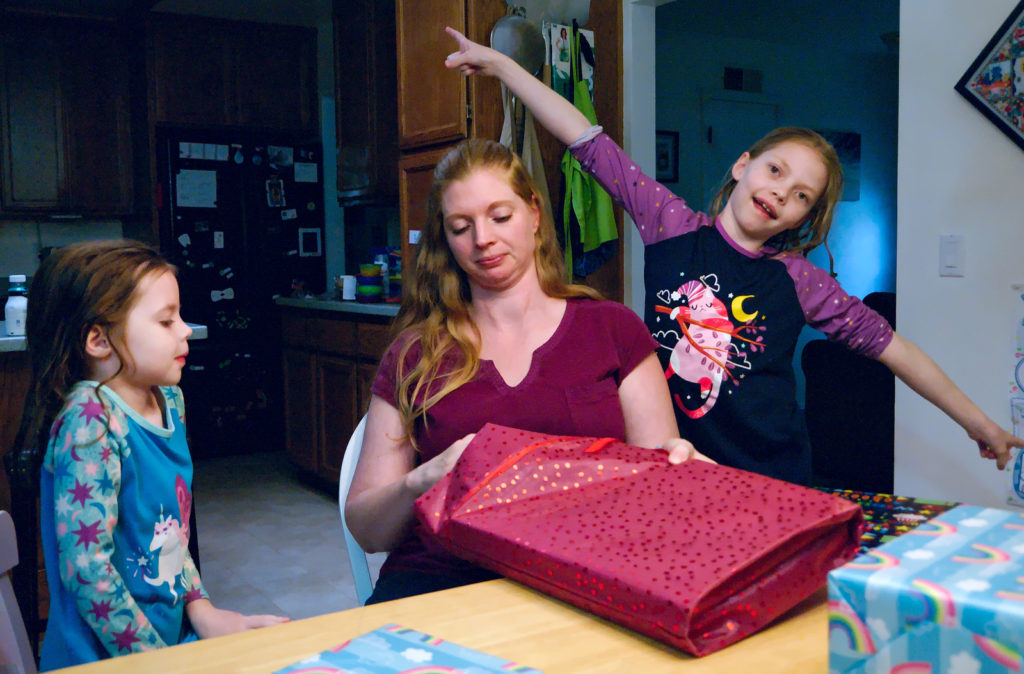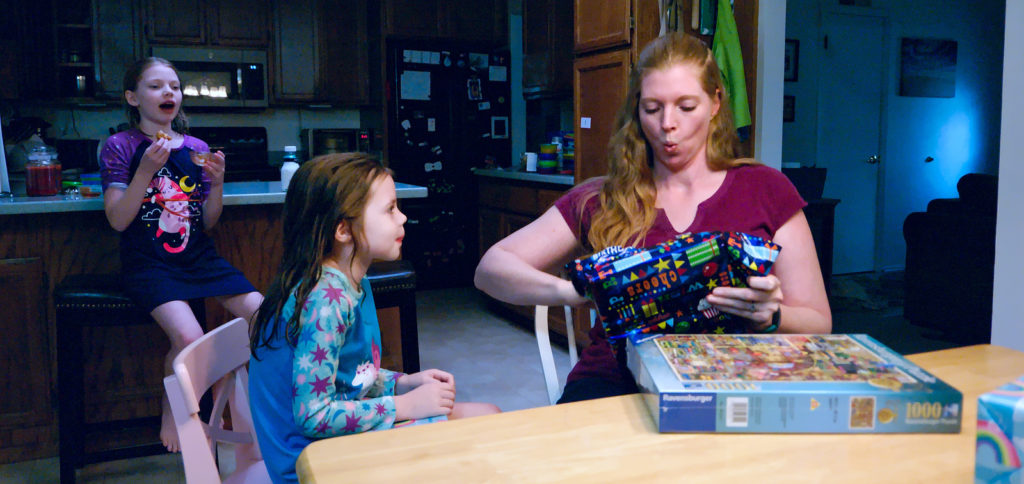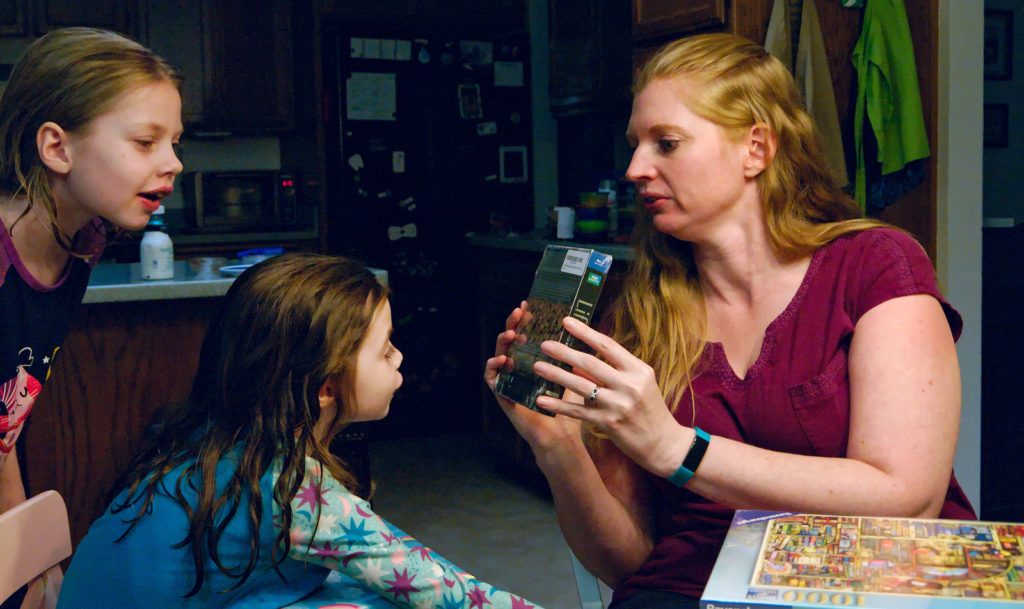Before we start I want to make clear the effort I put into considering the concept of “fairness.” I’ve academically studied cooperative decision-making of multi-agent systems. Over the past year I read John Rawls’ political treatise “Justice as Fairness.” I’ve been working my way through T. M. Scanlon’s “What we Owe to each Other.” Along with many other works considering cooperation vs competition, human social structures, sociology, and psychology.
I’m interested not just in providing fairness, but understanding what “fair” is. I’m not saying I’m an expert, but that if you disagree with me at least consider that I have given the matter serious thought and that I’m probably not just a blithering idiot.
Recently I read “The Penguin and the Leviathan” by Yochai Benkler. The overall theme is how cooperative social structures survive and thrive in human society. But the specific thing I want to discuss here is from chapter 6: “Equal Halves: Fairness in Cooperation.”
I couldn’t start the conversation any better than this excerpt:
In looking through the experimental economics and social psychology literature, it seems that when we care about “fairness” we really care about three distinct things: fairness of outcomes, fairness of intentions, and fairness of processes. With regard to outcomes, we care about how much each of us gets out of an interaction relative to others, given the generally understood norms. For intentions, we particularly care when the outcomes are not “fair” given generally understood conventions for the situation, whether the unfair outcome was intentionally brought about or not. And as for processes, we care whether the way in which the outcome was achieved was fair or not, whatever the outcome and the intentions of the people involved.
Benkler goes on to describe the research data that attempts to tease out how people apply different concepts of fairness based on situational concerns, cultural backgrounds, and other individualized factors.
I found this chapter interesting because it brought clarity to discussions I’ve had with people in the past when we were both talking about what would be “fair” but seemed to come to completely different conclusions given the same data. I realize that for myself I innately interpret “fairness” to mean “fairness of processes.” I say “innately” because it seems so obvious to me that this should be what “fairness” is that it’s hard to see any argument against it.
Fairness of processes. Regardless of who you are, where you came from, the color of your skin, the manner of your speech, or how much money you have; under the same circumstances you should receive the same treatment. Is this not the embodiment of “We hold these truths to be self evident, that all men are created equal…”? Surely this is the standard for which we should strive in the systems and structures we design and implement in the world around us.
Seeing a discussion of the academic research makes it clear that, no, many people don’t see it that way. And this is where things rapidly become messy.
So what does this have to do with Proposition 16?
Proposition 16 proposes to remove the following section (and some related text) from the California Constitution:
The State shall not discriminate against, or grant preferential treatment to, any individual or group on the basis of race, sex, color, ethnicity, or national origin in the operation of public employment, public education, or public contracting.
In my eyes this entirely hinges around interpreting “fairness” to mean “fairness of processes,” “fairness of outcomes,” or “fairness of intentions.” I see that section of the constitution to be a huge win for “fairness of processes.” Of course the state shouldn’t get to discriminate based on those concepts. However, opponents instead see that language as an impediment to “fairness of outcomes” in which they want to subvert “fairness of processes” to attempt to correct for unfairness in origin. I’m not sure how a “fairness of intentions” would interpret the proposition. Perhaps either way, seeing that the intentions behind keeping the text and removing the text are both to create fairness in treatment for citizens of California in which there may be adverse outcomes for some members of the population.
The repeal-this-section outlook seems to suggest that if a racer starts further away from the finish line we should make part of their lane a moving sidewalk to help them catch up. Whether one interprets such actions as producing a contest that’s more “fair” is in the eye of the beholder (setting aside whether it would make the race more interesting to watch).
My goal isn’t to create an argument about affirmative action, but to try to provide a light on why this discussion is so difficult to have in the first place: What people mean by “fair” can be fundamentally different.
Personally I see removing that language from the constitution to be a bad thing. It undermines “fairness of process” which is how I view fairness as a baseline. I think impinging on “fairness of process” in an attempt to improve “fairness of outcome” is fraught with dangers. One of which will be alienating those people that see “fair” as “fairness of processes;” another being that when the process is known to not be fair then it incentivizes people to misrepresent themselves in order to obtain the more favorable treatment.
An example of people misrepresenting themselves to take advantage of an “unfair process” happened in Disney parks. Disney would allow groups that included visitors with disabilities to skip long lines for attractions. Though implemented with the best of intentions, unscrupulous visitors began taking advantage of this “unfairness of process” by hiring disabled persons to guide them around the parks skipping lines for their own personal convenience at the expense of everyone waiting patiently in line.
I give this example not to say that Disney shouldn’t have this accommodation (though in response to the opportunists I believe they changed the accommodation to only allow the disabled guest and a buddy to skip the lines). My point is that when you intentionally design “unfairness of processes” people will take advantage to set themselves even further ahead and you have to be able to address that or risk further alienating those who are not advantaged by the system.
I don’t have any grand answer to these issues. Which is why I fall back on “fairness of processes” because I think that in many situations the ability to define admissible metrics and clearly manage all the confounding variables in order to “fairly” subvert “fairness of processes” with the goal of improving “fairness of outcomes” is intractable and it’s simpler to implement fair processes and then attempt to deal with the inherent unfairnesses of life in programs run outside the official processes of government.
A final thought on the matter is that one should consider what happens if people who might act contrary to your goals were in charge with your rules. Were the government run by a group that was actively racist or sexist or some other manner of discrimination, would you feel more comfortable with this clause being in the constitution or it being removed? I’d certainly sleep better knowing that malevolence could be contained by constituional protections.
